Section 3
Eukaryotic Cells
Book
Version 32
By Boundless
By Boundless
Boundless Biology
Biology
by Boundless
5 concepts
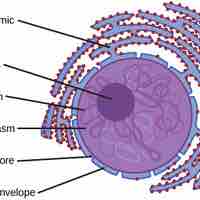
Characteristics of Eukaryotic Cells
A eukaryotic cell has a true membrane-bound nucleus and has other membranous organelles that allow for compartmentalization of functions.
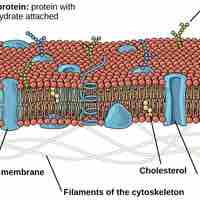
The Plasma Membrane and the Cytoplasm
The plasma membrane is made up of a phospholipid bilayer that regulates the concentration of substances that can permeate a cell.
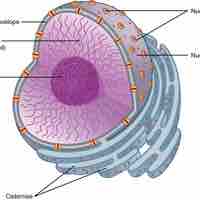
The Nucleus and Ribosomes
Found within eukaryotic cells, the nucleus contains the genetic material that determines the entire structure and function of that cell.
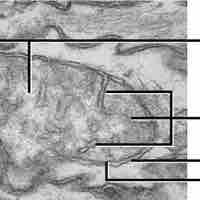
Mitochondria
Mitochondria are organelles that are responsible for making adenosine triphosphate (ATP), the cell's main energy-carrying molecule.
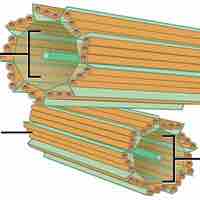
Comparing Plant and Animal Cells
Although they are both eukaryotic cells, there are unique structural differences between animal and plant cells.